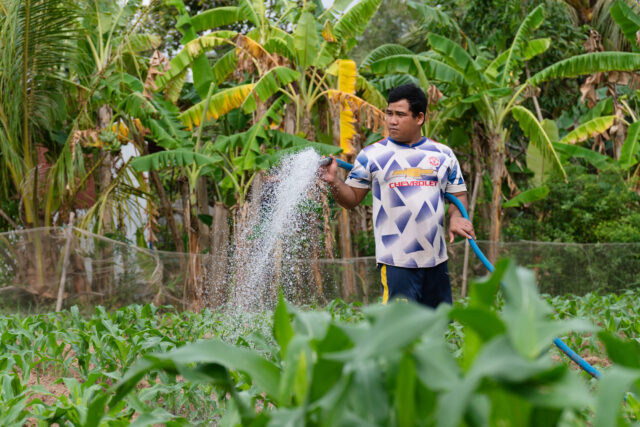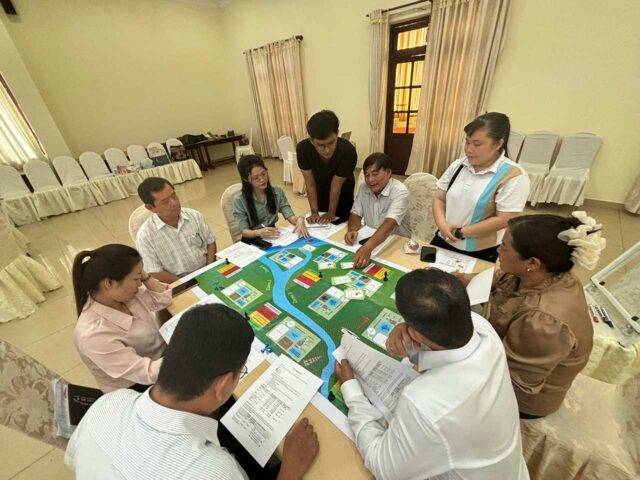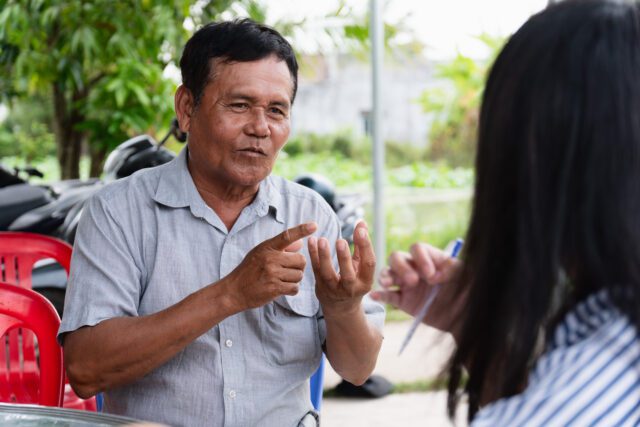The Mekong Delta is one of Vietnam’s most important agricultural regions, producing over half of the country’s rice and a significant share of fruits and seafood. But beneath its fertile surface, the Delta is facing growing water-related challenges that threaten both livelihoods and ecosystems.
Intensive agriculture, rapid population growth, and the effects of climate change have placed increasing stress on the region’s water systems. Groundwater is being extracted faster than it can naturally recharge, causing serious consequences like land subsidence where the ground slowly sinks, and salinity intrusion, where seawater moves further inland, contaminating both surface and underground water sources. Many areas are also experiencing more erratic rainfall patterns and longer dry seasons, making water storage and planning even more difficult.
These challenges don’t affect everyone equally. Smallholder farmers, in particular, face difficult trade-offs between maintaining their harvests, saving water, and adapting to new techniques or crops. Meanwhile, local authorities and cooperatives often lack the tools and data to plan water use in a more coordinated and sustainable way. Understanding the specific impacts in each location is key to designing better responses.
What we learned on the ground
Field Trip to Ben Tre and Soc Trang Provinces
To better understand these challenges, our project team visited two communities in Ben Tre and Soc Trang, places already feeling the impact of groundwater overuse and saltwater intrusion. We spoke with farmers, surveyed households, and listened to local insights on water use, storage, and adaptation. Read more in our article here.





